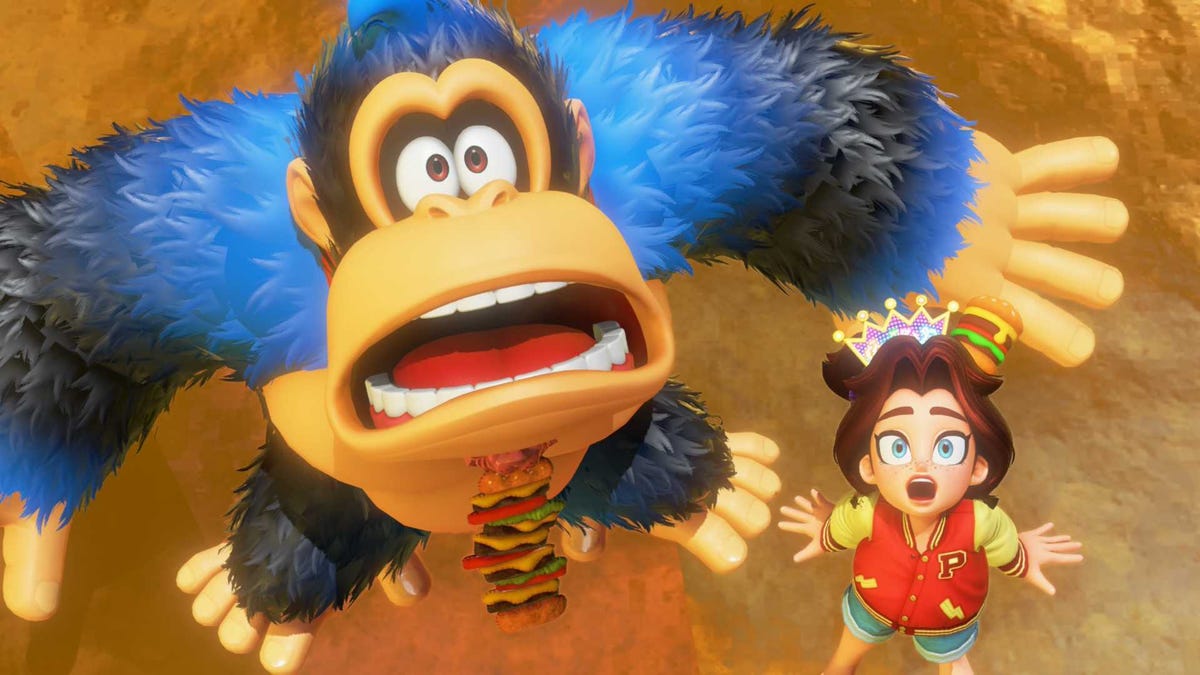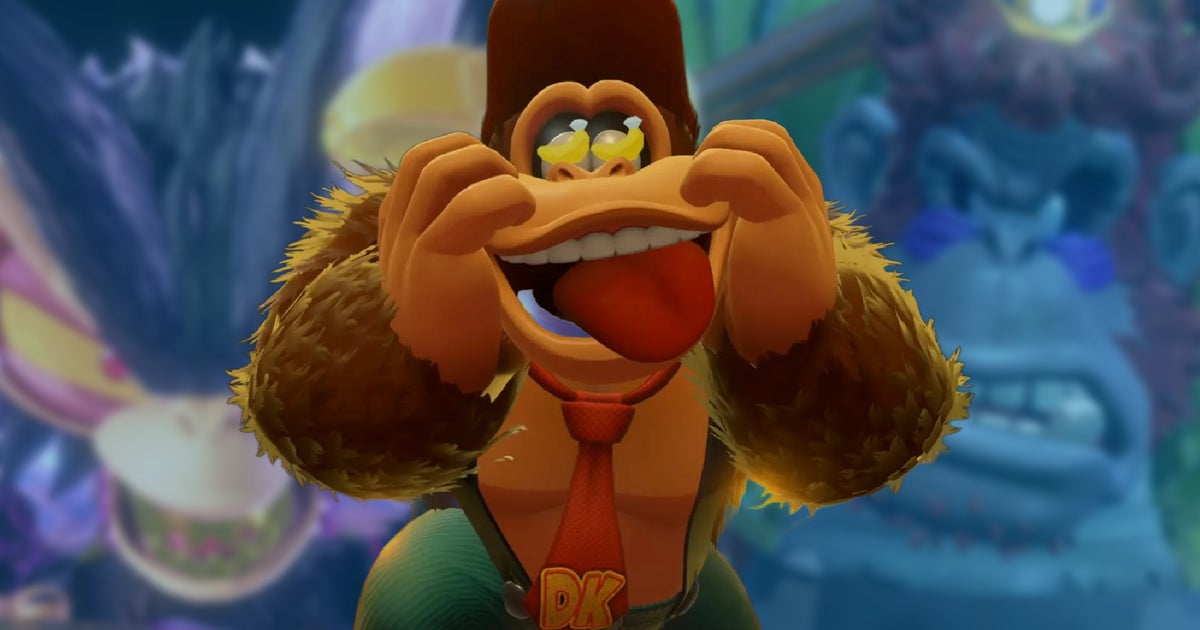T4K3.news
Shigeru Miyamoto reveals unique playstyle for Donkey Kong Bananza
In a recent interview, Miyamoto showcased his unconventional approach in playtesting the game.

Shigeru Miyamoto's playful approach offers insights into game design.
Shigeru Miyamoto plays Donkey Kong Bananza in his own unique style
During a recent interview with The Guardian, Kenta Motokura, the producer of Donkey Kong Bananza, revealed how Shigeru Miyamoto approached playtesting the game. Instead of progressing through levels, Miyamoto spent his time smashing and digging around one spot. This behavior highlighted potential areas of curiosity for players, showcasing how intuitive gameplay mechanics can draw interest. Game director Kazuya Takahashi noted that designing levels for such a freeform game was challenging, but they remained focused on creating enjoyable experiences even without destruction. Miyamoto's unconventional playstyle confirmed that there's merit in exploring all aspects of gameplay.
Key Takeaways
"It was a good thing to see him playing that way."
Motokura highlights the value of Miyamoto's playful approach to testing.
"For this sort of game, where you can destroy anything, there was no precedent."
Takahashi speaks on the challenges of designing a freeform game.
Miyamoto's playful testing reflects a growing trend in game design that values exploration and experimentation. His method might seem unorthodox, but it reveals crucial insights into player behavior. As developers increasingly aim for open-world experiences, understanding what captivates players can lead to better engagement. This concept extends beyond Miyamoto, emphasizing that the player's journey can often be just as valuable as traditional objectives in games. Encouraging these explorations could redefine how future games are developed and enjoyed.
Highlights
- Miyamoto proves that exploration can be a game changer.
- Even when goofing off, Miyamoto adds value to game design.
- Smashing and digging turns into meaningful gameplay insights.
- Exploration is key to enhancing player engagement.
Potential impact on game development strategies
Miyamoto's approach may suggest a shift in how games are designed, focusing more on exploratory play than strict progress, which could affect budget allocations and team strategies.
As the gaming industry evolves, designers may benefit from embracing diverse playstyles like Miyamoto's.
Enjoyed this? Let your friends know!
Related News

Miyamoto shares insights from gaming tests

Donkey Kong Bananza Launches Amid Nostalgia

Donkey Kong Bananza's destruction concept revealed

Nintendo Launches Exciting Artist Mode in Donkey Kong Bananza

Start your adventure in Donkey Kong Bananza with these tips

Donkey Kong Bananza Launches Exclusively on Switch 2

Fan modifies Donkey Kong cartridge, faces damage

Donkey Kong Bananza raises concerns over voice acting
